A note from Siofra
Hello my dear Folklore Friends! My goodness, what a month. Stacia and I were pooped at the end of October. Every year we say we are going to say no to everything, and every year we say yes to everything and end up getting burnt out. It’s worth it though. Thank you so much to everyone who came to see us when we were out and about. One of my highlights was an out of hours visit to the Tolhouse Museum in Great Yarmouth where we saw The Feathered Thorns performing WITCH. The is still a chance to catch their performance this month. All the details are HERE.
I’m writing this on a high after the first of our series of talks with the Norfolk Heritage Centre and British Library Living Knowledge Network, funded by Angusih’s Educational Foundation and the Arts Council England. Laura Cannell joined us in the crypt at the Louis Marchesi for a beautiful talk and performance. It was so lovely to hear such a personal take on the regions folklore. It’s a little too soon to share her talk, but I’ll make sure it’s on the next newsletter.
We have a few more talks as part of our programme with the Heritage Centre. These will all be held at the Norfolk Heritage Centre in the Millennium Library and tickets for Val Thomas’s talk will be launched soon. We also have a couple more events to announce so keep an eye out.
I’m hoping to see some of you at Uncanny Live at the Theatre Royal on Sunday. Make sure you say hi if you see us!
Siofra
💚
A note from Stacia
We’re just catching our breath from October… What a month! I’ll leave October’s round-up to my NFS other half, but suffice it to say, we’ve got lots of plans for the coming months and lots of new stories heading to www.norfolkfolkloresociety.co.uk – haunted airfields, devil-raised sandstorms, Royal ghosts…Best I get writing.
Happy St Edmund’s Feast Day,
Love, Stacia
October’s talk - Norfolk Ghost Hunters
St Catherine’s Day November 25
At Norfolk’s Church of the Holy Cross in Caston, there are fragments of medieval glass that offer a window into darker times and grisly torture.
The majority of the glass on the south side of the nave was the victim of bomb damage in World War Two and fell to the ground: what could be saved was used to create incredible patchwork windows.
And at least two link to a November favourite: the Catherine Wheel
According to the legend, St Catherine was a virgin princess who was betrothed to a pagan emperor who she refused to marry – she was executed at the age of 18.
Born in around 287 in Egypt, her father was a man of wealth and importance and Catherine was well-educated. At the age of 14, she had a profound religious vision and decided to become a Christian.
But Egypt, then Alexandria, was ruled by the Roman Emperor Maxentius, who hated and persecuted Christians, the religion endorsed by his rival, Constantine.
Catherine appeared before Maxentius to criticise his beliefs and, furious with her ability to convince everyone that she was right about Christ, he condemned her to death.
Before her punishments began, the Emperor offered Catherine an escape: to become his wife or his mistress. When she refused, he ordered her to be tortured on a ‘breaking wheel’.
The breaking wheel was a large wooden spoked wheel, often modified with blades, which was designed to mutilate before execution: it was a feared form of torture and one that exacted a terrible death.
Catherine was tortured by being bound to four wheels with spikes in them, but these were destroyed by a miraculous thunderbolt. Furious, Maxentius demanded that Catherine beheaded and paintings of her usually include a wheel.
There are two pieces of glass to spot in the Church of The Holy Cross in Caston, one features St Catherine’s Wheel and a thief on a gibbet, the other is a large wheel making its own round window.
The skeleton gatekeepers guarding a secret tunnel at Ingham
We all love a tale of underground passages and secrets beneath our feet, especially if the tunnel in questions is guarded by skeleton gatekeepers.
Holy Trinity Church at Ingham dates back to the 13th century when it was a priory church which housed a college of friars.
The monks had left by 1536, although you can see a trace of their monastery to the north of the church, but inside there are many echoes of the past, including two very well-preserved tombs which date to the 1300s.
Ingham's church was restored in Victorian times. Damaged windows were repaired and reglazed, the nave and the chancel were re-roofed, medieval stalls were repaired, the floor was retiled, a new pulpit of Caen stone and an eagle lectern were installed.
When work began in the altar area and it was taken down for repairs, 19 skeletons were found piled beneath it, forming a strange guard to an underground passage.
It was said that the passage ran from the old priory to a nearby manor house half a mile away, but the efficient Victorians hastily covered it over in the 1860s, leaving questions unanswered.
In Ernest R Suffling's History and Legends of the Broads District written in 1891, the author writes about the priory, Ingham's manor house and the church.
"The Manor house still stands a short distance from the church, to the north-east, and when the altar in the church was taken down for repairs…nineteen skeletons were found piled beneath it and the entrance to the subterranean passage, which led from the Manor to the priory, was discovered," he wrote.
"It was not at the time explored, neither has it been since, I believe."
In addition to the skeleton sentries, Ingham has another spectral visitor, this time outside in the churchyard on the north side, the site of a former gravel pit. "At Ingham is another transparent lady, but whether she is of the shrieking or common kind I cannot say," wrote Suffling.
"She is to be seen, by those whose vision is acute enough, in the large gravel pit near the church."
In the local newspaper of February 1 1967, homeowner Michael Baker talked about the perils of a garden on the site of a former priory: skeletons in the vegetable patch.
Philip Langmaid, assistant keeper of archaeology at Norwich Castle Museum, went to collect some of the bones that were uncovered when a new wall was built.
"It was lying parallel to the nave of the church in what was probably the cloisters of the priory, once inhabited by monks of the order of Trinitarians,” read the article.
“While Mr Langmaid was raising the dead, Mr Baker, who runs Ingham Post Office and stores found another bone protruding from the side of the trench dug for the wall.
“Other bones have already been found in the garden, including one skeleton which was placed on its side like that of the effigy on the church tomb of Sir Roger de Ingham, of crusading times."
Twenty years later in November 1988, more human bones were discovered outside the Swan Public House, next door to the church, and there was more to come.
"Two skeletons have been found buried outside the Swan public house at Ingham, near Stalham. And landlord Keith Fiddy has uncovered details of the gallows that used to stand in what is now the pub's car park," wrote the paper.
He said: “I have been told that there used to be gallows where the car park is now and people were hung and left for the birds.”
November folklore
Thunder in November, a fertile year to come.
A heavy November snow will last till April.
Flowers in bloom late in autumn indicate a bad winter.
If there’s ice in November that will bear a duck, There’ll be nothing after but sludge and muck.
November take flail; let ships no more sail.
If trees show buds in November, the winter will last until May.
There is no better month in the year to cut wood than November.
Sticky buns for St Edmunds’ sticky end
Bury St Edmunds takes its name from King Edmund, the original Patron Saint of England and King of East Anglia, whose shrine at the Abbey of St Edmund was once one of the most famous and wealthy pilgrimage sites in England.
Brave King Edmund was killed by Danish invaders on 20 November 869 after refusing to denounce his Christianity: many believe his body was taken to St Edmund’s Chapel in Lyng in Norfolk, which was once part of a convent dedicated to the Saint.
The ruins of the chapel are a matter of minutes away from The Great Stone of Lyng which itself is said to be a magical, holy relic of the Ice Age, a glacial erratic on the site of a bloody battle which bleeds if pricked with a pin.
Phantom nuns are still said to cross the road from the chapel ruins to reach the stone, black and white figures that drift hurriedly across the thin byway at dusk.
November 20 is St Edmund’s Feast Day and in Southwold in Suffolk, it is celebrated by a dole of special buns at the local church which is dedicated to the saint.
The children of the local primary school are given sticky buns in memory of Edmund’s sticky end: pierced by arrows, headless and martyred for his faith. Don’t we all want to make a cake to remember that? These are more like scones than cakes, but let’s not split hairs.
St Edmund’s Sticky Buns
Ingredients
500g plain flour
150g rice flour
2 tsp baking powder
200g softened butter
100g caster sugar
20g caraway seeds
2 tbsp runny honey
2 beaten eggs
1 tbsp milk
40g currants
Method:
Preheat oven to 200°C/Fan 180°C/Gas Mark 6. Lightly butter a baking sheet.
Sift the flours together with the baking powder and rub in the butter until you have a mixture like fine breadcrumbs.
Stir in the sugar, caraway seeds and currants, then eggs, honey and enough milk to make a smooth but dry dough.
As the dough is brought together, be sure to mix it thoroughly with your fingers before turning out onto a lightly floured surface.
Roll dough out to 2.5cms (1 inch) thickness and cut out 5cm (2inch) rounds. Space out on baking sheet.
Bake for 15-20 minutes until lightly golden and risen.
Cool on a rack and drizzle with honey whilst still warm.
NFS A-Z: I is for Irstead’s Lantern Man and Wise Woman
They are the cold fires waiting on marshy land to lure travellers to a watery grave, the dancing lights that plagued Norfolk and were feared by all.
There are many tales of Lantern Men that tempt people into danger – to some, he is Will o’ the Wisp, another name for the ghostly lights that hover and wheel above boggy marshland on dark, moonless nights.
In the snappily-named Norfolk Archaeology. Or Miscellaneous Tracts Relating to the Antiquities of Norfolk published in 1849, the Lantern Man of Irstead is mentioned by county wise woman Mrs Lubbock.
Mrs Lubbock was born in the late 1700s and her wisdom on a huge range of subjects had, she said, been passed down to her through the generations.
In 1849, the Reverend John Gunn published the above paper on her having collected her sayings “as they fell from her mouth, as nearly as possible in her own racy language” and noted that “her venerable lore is not without its inconveniences and drawbacks. It has exposed her to the suspicion of witchcraft.”
In the paper, Mrs Lubbock mentions the Lantern Man.
“Before the Irstead Enclosure in 1810, Jack o’ Lantern was frequently seen here on a roky (foggy) night and almost always at a place called Heard’s Hole, in Alder Carr Fen Broad on the Neatishead side, where a man of that name, who was guilty of some unmentionable crimes, was drowned,” Rev Gunn quotes her as saying.
“I have often seen it there, rising up and falling and twistering about and then up again. It looked exactly like a candle in a lantern.”
The wise woman thought the ‘cold fire’ had attached itself to the criminal’s restless spirit which made it intelligent and able to pester people as they went about their business.
She said: “if anyone were walking along the road with a lantern at the time when he appeared, and did not put out the light immediately, Jack would come against it and dash it to pieces; and that a gentleman, who made a mock of him and called him Will of the Wisp was riding on horseback on evening in the adjoining parish of Horning when he came at him and knocked him off his horse.”
Recalling an incident from her childhood, she added that her father had been returning from an after-the-harvest spending spree in the company of a friend who had the bad sense to whistle and jeer at “Jack” who then followed him home and “torched up at the windows”.
Understandably spooked by the appearance of an intelligent dancing light, the people of the village were keen to lay Heard’s spirit to rest “…so annoyed where they by it, for it came at certain times and to certain places which he frequented when alive.”
Three men tried to quell the spirit by reading verses of scripture but he always kept a verse ahead of them – but, it seems, Heard was not as clever as he thought.
“A boy brought a couple of pigeons and laid them down before him. He looked at them and lost his verse and then they bound his spirit.”
Norfolk Archaeology notes: “Mrs Lubbock has heard that the spirits of the dead haunt the places where treasures were hid by them when in the body…”
The Norfolk Folklore Society suggests not searching for buried treasure on the marshlands on dark nights, regardless of any Lantern Men.
Tickets for our next talk with the Norfolk Heritage Centre & British Library will go on sale soon.


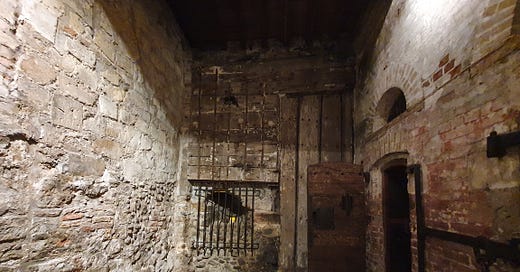





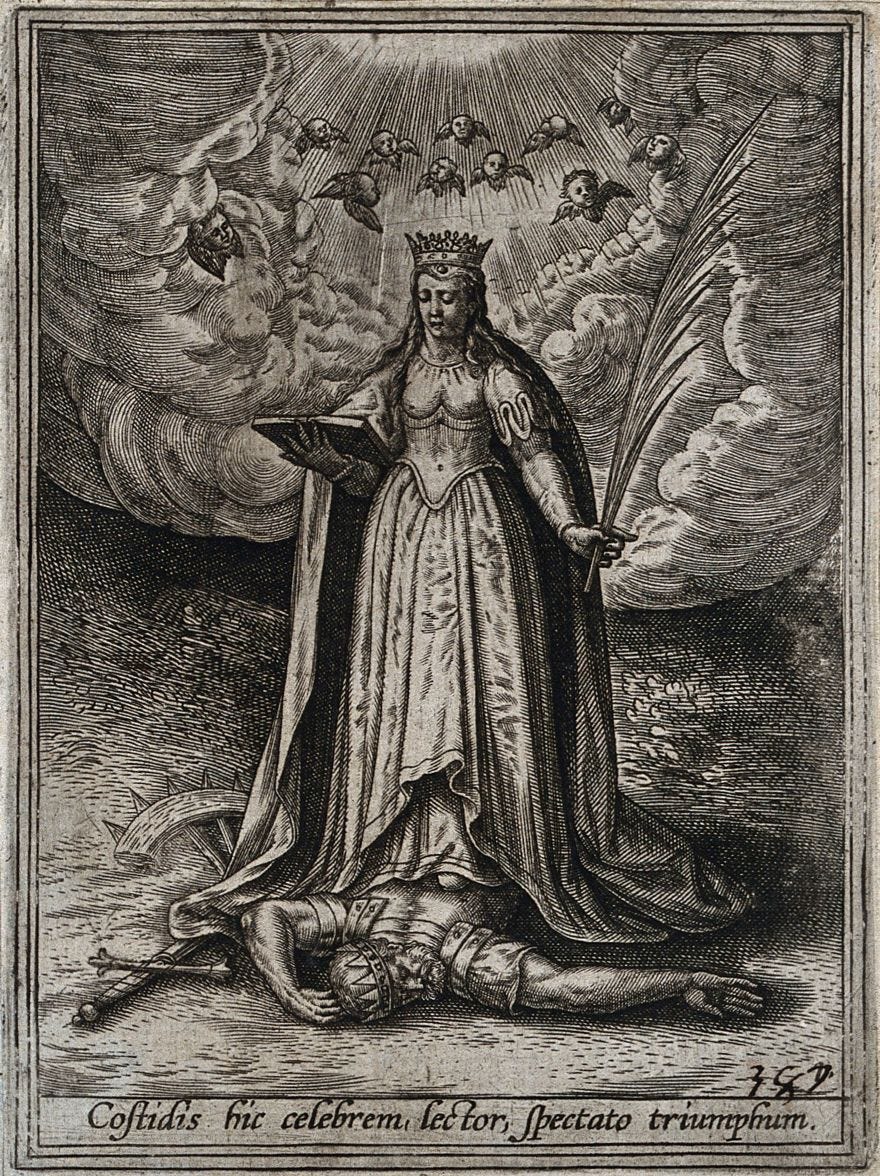
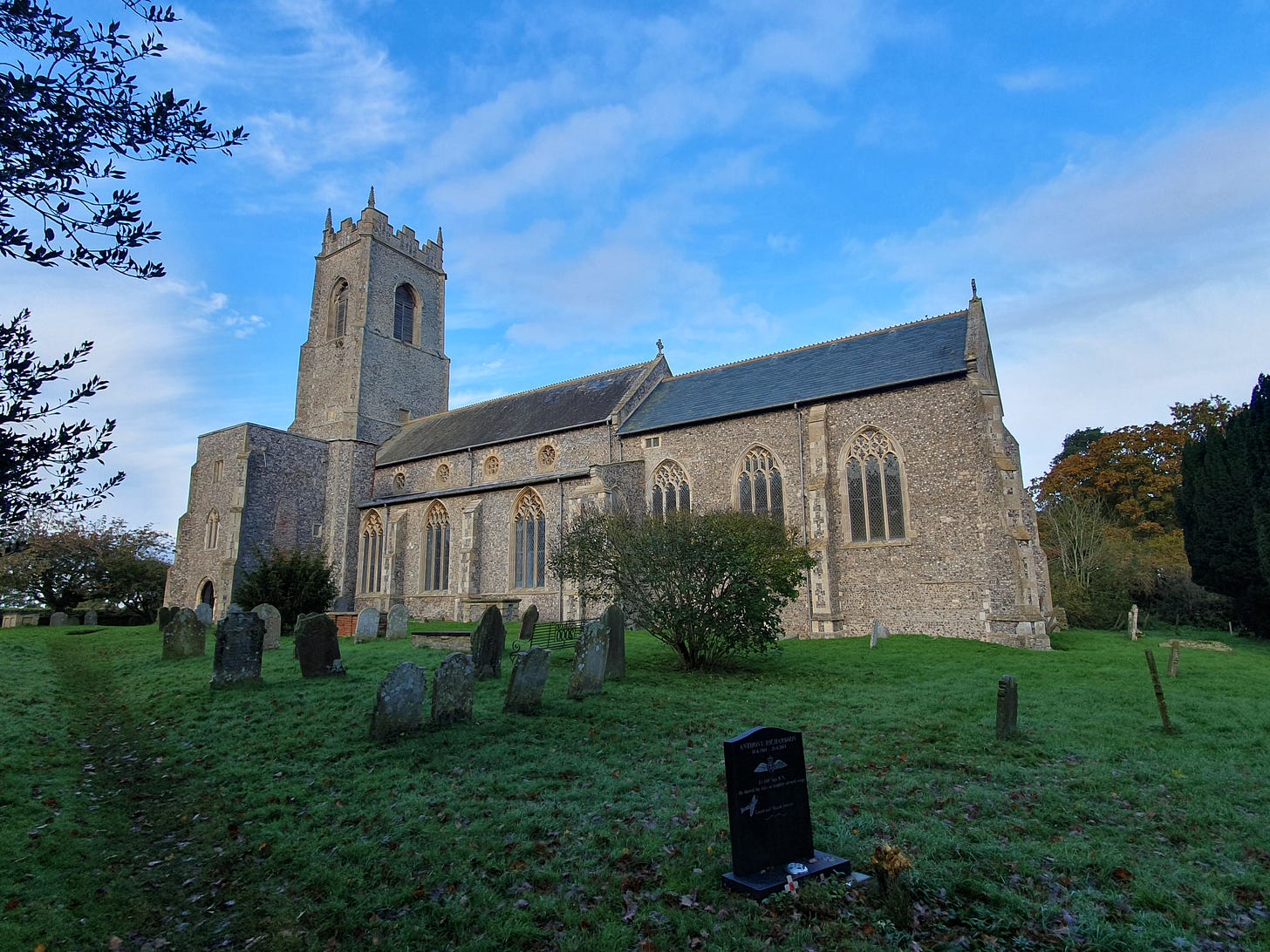
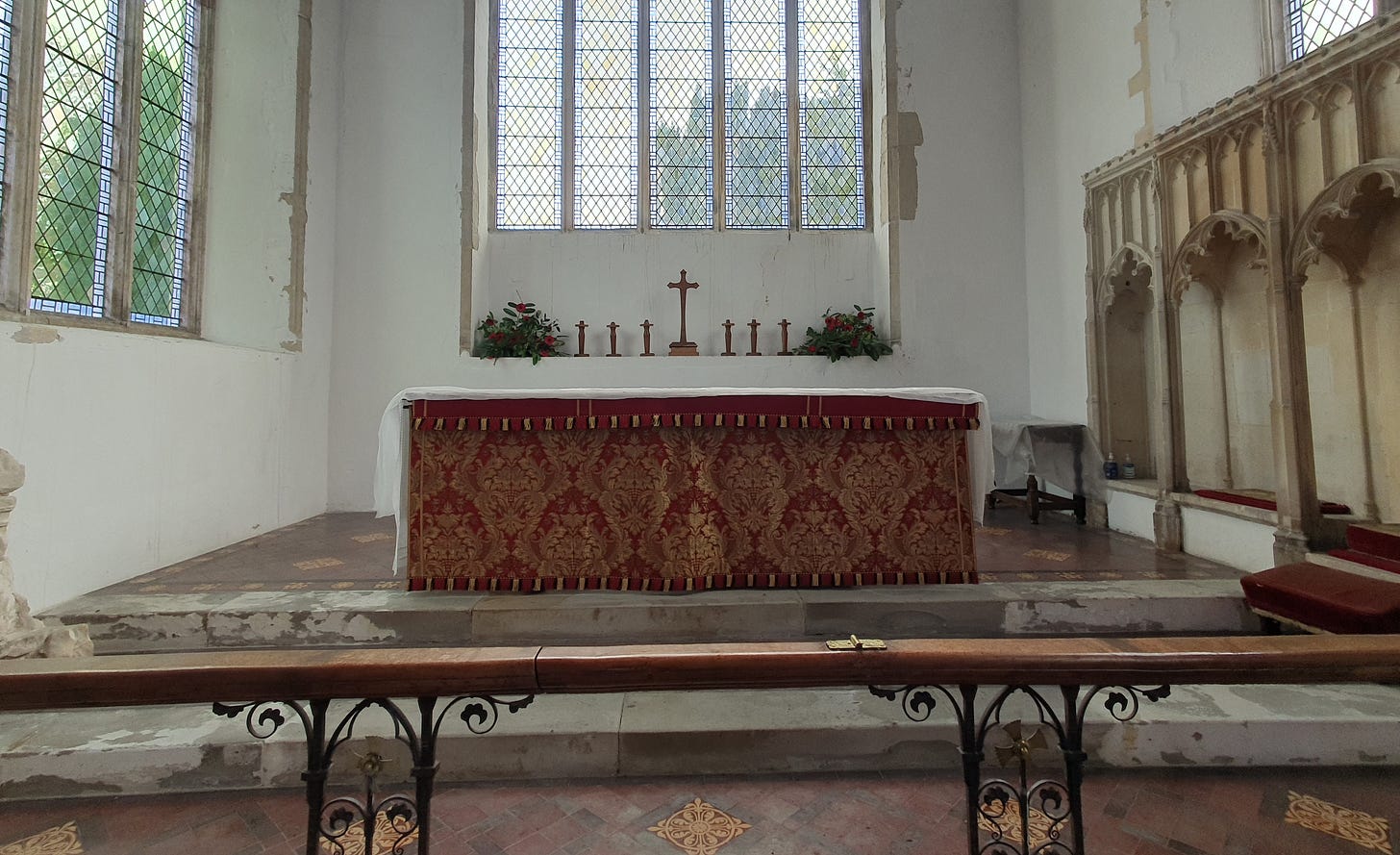
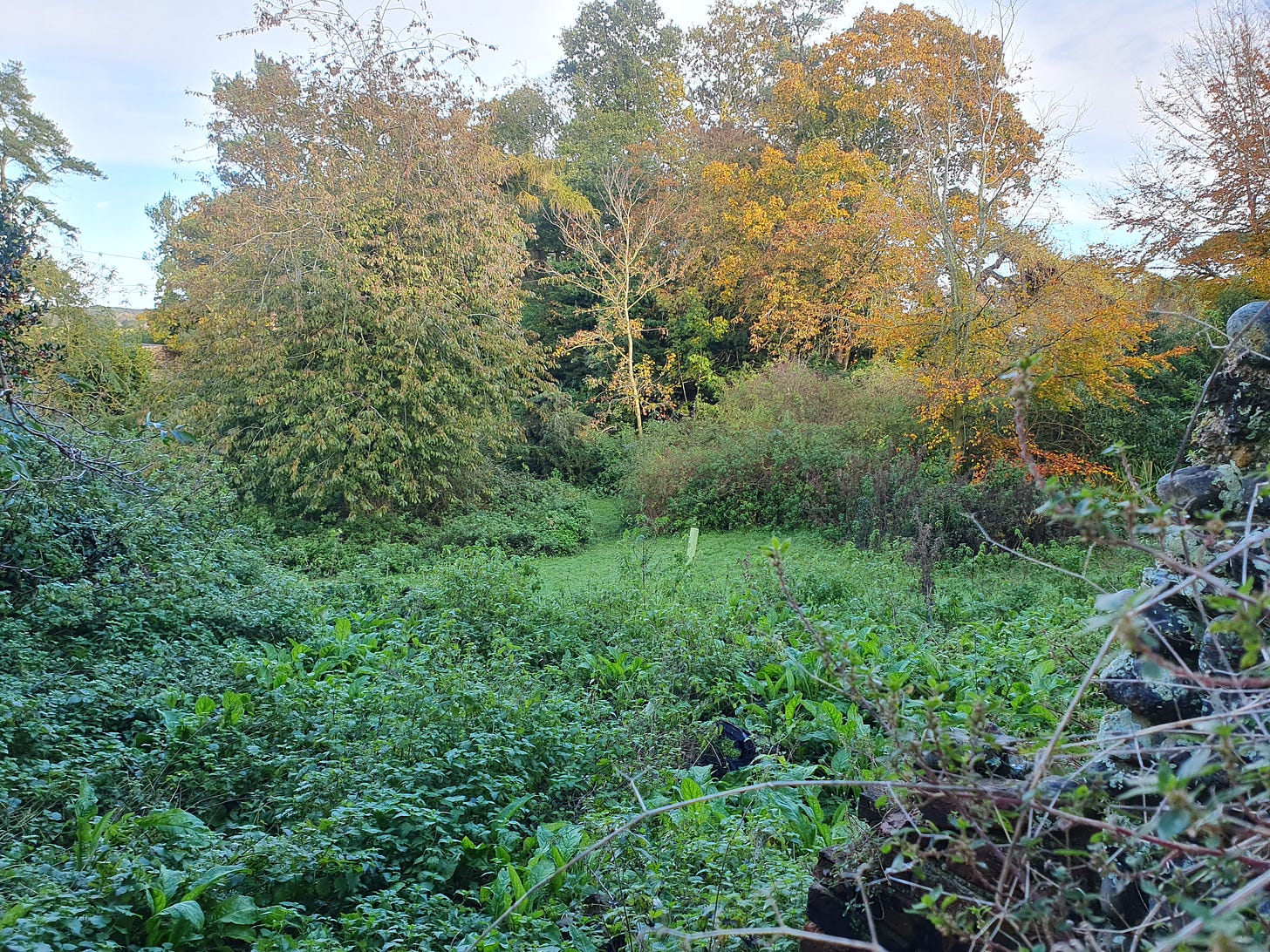
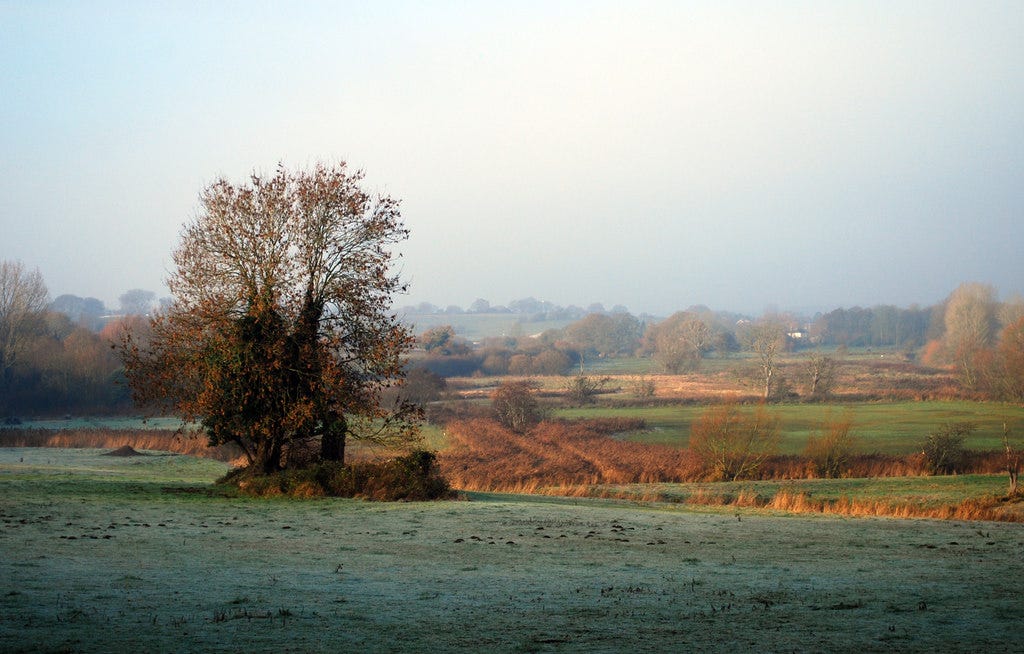



Wow! I really enjoyed this. Thank you Siofra and Stacia! Just devoured the whole thing hungrily with my breakfast. And speaking of devouring, I’m looking forward to trying St Edmund’s Sticky Buns in time for his Feast Day. And to continue the pun, there was much other food for thought X